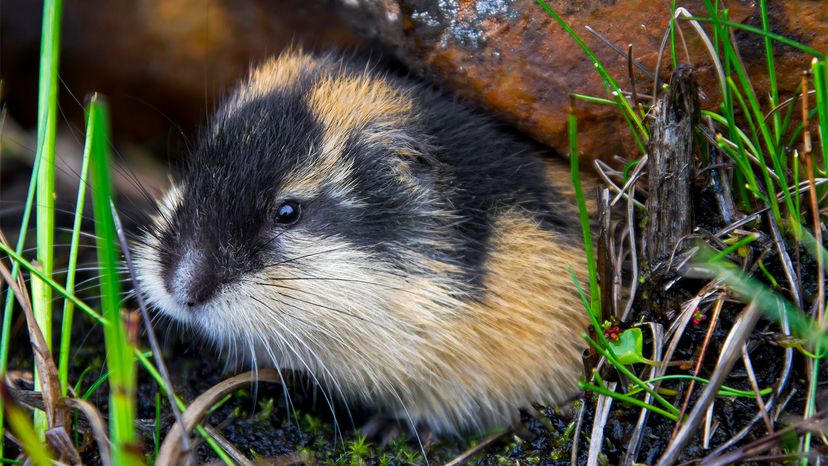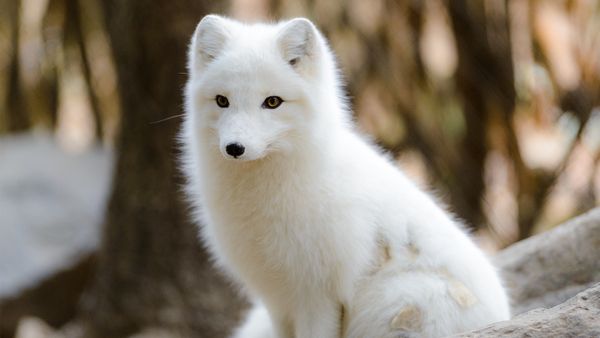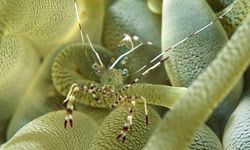
Key Takeaways
- Lemmings do not commit suicide by jumping off cliffs en masse; that's a myth popularized by a 1958 Disney film.
- Lemmings are a keystone species in Arctic ecosystems, impacting biodiversity through population cycling.
- Climate change poses a threat to lemmings due to warmer winters affecting their food sources and ability to dig burrows for shelter.
You've probably heard of a lemming before, but maybe just in context of a metaphor for someone so stupid they would follow a bunch of other people into a bad situation rather than think critically about their position and act according to their best judgment.
Lemmings are not impressionable people, however — they are actually a group of several species of small rodents native to the Arctic regions of the globe. They are stocky, short-tailed voles that burrow under the snow in winter, providing food for Arctic foxes and snowy owls, and spend the summer mating and eating mosses and grasses that aren't available in the winter. They migrate when food becomes scarce and can even swim across rivers and lakes when necessary. They also have the reputation for being extremely aggressive — rather than running away from a predator, they charge their attacker. They've even been known to attack humans studying lemmings.
Advertisement


